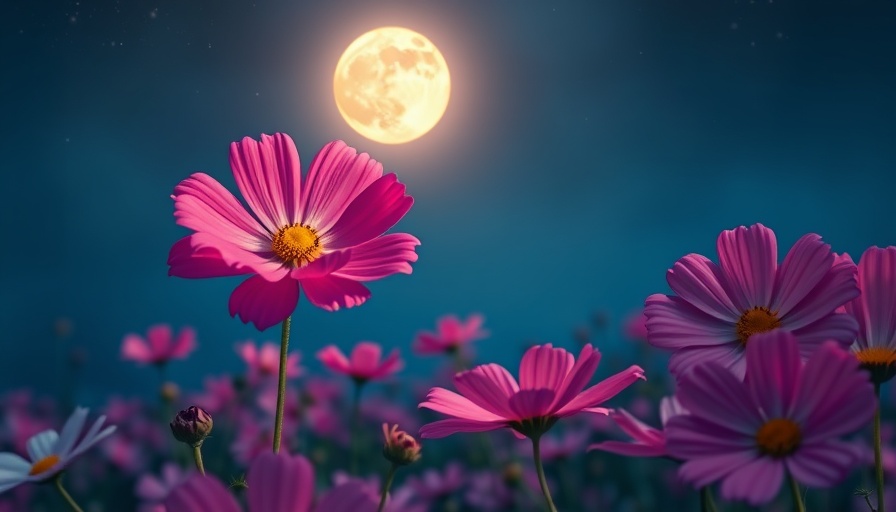
Unveiling the Secrets of Moon Phase Gardening
As the moon waxes and wanes, gardeners across the world attune themselves to its rhythms, utilizing its gravitational pull and moisture influences to plant and harvest with optimal results. This ancient practice, known as moon phase gardening, has stood the test of time and continues to intrigue modern gardeners. But how exactly does it work, and how can you make the most of this age-old technique in your own yard?
The Historical Significance of Lunar Gardening
The roots of moon phase gardening stretch back centuries, with early civilizations like the Egyptians and Mayans relying on lunar cycles for agricultural success. Benjamin Franklin famously incorporated these lunar calendars into his Poor Richard's Almanac, demonstrating how ingrained this practice is in our historical fabric. It's fascinating to think that while we might see it as a quaint method today, for many ancient cultures, aligning planting activities with moon phases ensured food security and community sustenance. Whether you’re a seasoned pro or a backyard newbie, understanding this historical context enriches the experience of gardening with the moon.
Understanding Moon Phases and Their Impact on Your Crops
At the heart of moon phase gardening are two distinct lunar cycles: waxing and waning. During the waxing phase—from new moon to full moon—water is drawn upwards in the soil, making it the perfect time for planting above-ground crops such as tomatoes, peppers, and cucumbers. Conversely, the waning phase allows moisture to retreat deeper into the soil, creating favorable conditions for root crops like potatoes, carrots, and onions. By adhering to this natural rhythm, gardeners can maximize crop yields while cultivating a more empathic relationship with their environment.
Practical Tips for Timing Your Planting
For gardeners in Muskegon looking to start a backyard planting box or construct outdoor soil beds, integrating moon phase gardening into your planting schedule can be remarkably effective. Consider using a lunar calendar to determine the best times for various crops. For example, planting leafy greens such as spinach when the moon is waxing can lead to lush harvests. Don't ignore the waning phase either—this is an excellent time to focus on crops that grow below the soil, allowing moisture to support their growth.
Modern Adaptations of Moon Gardening
While traditional practices remain vital, modern technologies and preferences are shifting the ways we engage in moon gardening. For those interested in building elevated planter boxes or creating other installations, integrating lunar planting times can enhance both aesthetics and productivity. Adding a touch of practicality, consider automated watering hacks for seasonal adjustments, ensuring that your plants are not only tuned to lunar phases but also optimized for sustainability and growth.
Why All Gardeners Should Care
Although scientific evidence supporting moon phase gardening is still being debated, many practitioners swear by its efficacy—suggesting a blend of tradition and faith in natural processes. As you explore your garden and embark on new projects, incorporating lunar gardening principles can provide a thoughtful framework for plant selection and care. Beyond increased yields, this approach promotes a deeper connection to the cycles of nature, encouraging mindfulness in our gardening practices.
Conclusion: Take the Plunge into Lunar Gardening
As you venture into your gardening projects this season, consider how the moon can guide your plant choices and nurture your yields. Why not give moon phase gardening a try? You might uncover a newfound appreciation for the cycles of nature that bolster our garden’s success. From starting a backyard planting box to exploring various planting techniques, let the moon's phases lead you toward grow-at-home success.
 Add Row
Add Row 
 Add
Add 


Write A Comment